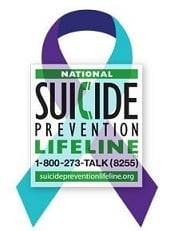Colleyville, TX, December 20, 2012 –(PR.com)– Tracy Crain, based out of Colleyville, Texas, understands that it can be healing to voice your troubles, worries and fears. Tracy Crain offers top-quality counseling and therapy at Tarrant County Counseling – her areas of expertise include addiction, sexual abuse, family and marriage counseling. Tracy’s website can be found at www.tarrantcountycounseling.com.
About Tracy Crain
Tracy Crain has been a marriage, family, addiction and abuse counselor since 1998. She has an office that is close to Fort Worth, located conveniently in Colleyville, Texas. She enjoys working with clients from adolescence onward in individual psychotherapy, as well as couples and family therapy.
Tracy utilizes cognitive and behavioral therapies in her approach, though she stresses that the core of her work is always client-centered. She believes that you always have the power to control the outcome in any situation, as long as the proper mental processes are followed. “Because mental strength and preparation are the keys to survival, other forms of therapy aren’t as effective when trying to create a more positive self-belief or healthier identity,” says Tracy.
Tracy emphasizes the fact that therapy and counseling is an important part of any healing process, and that you don’t need to have a mental disorder to benefit from it. “And yes… sharing with a therapist is very different than turning to friends or family,” says Tracy, “Your therapist is a professionally-trained listener who helps you get to the root of your problems, overcome emotional challenges and start making positive changes in your life.”
You can download a registration packet straight from the website, so you can be prepared for your meeting when you arrive. You can even read a missive that explains what you can expect in your coming visit for therapy. Feel free to visit the website for more information, at www.tarrantcountycounseling.com.






